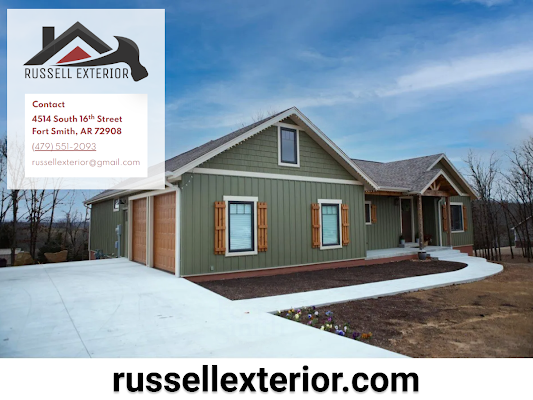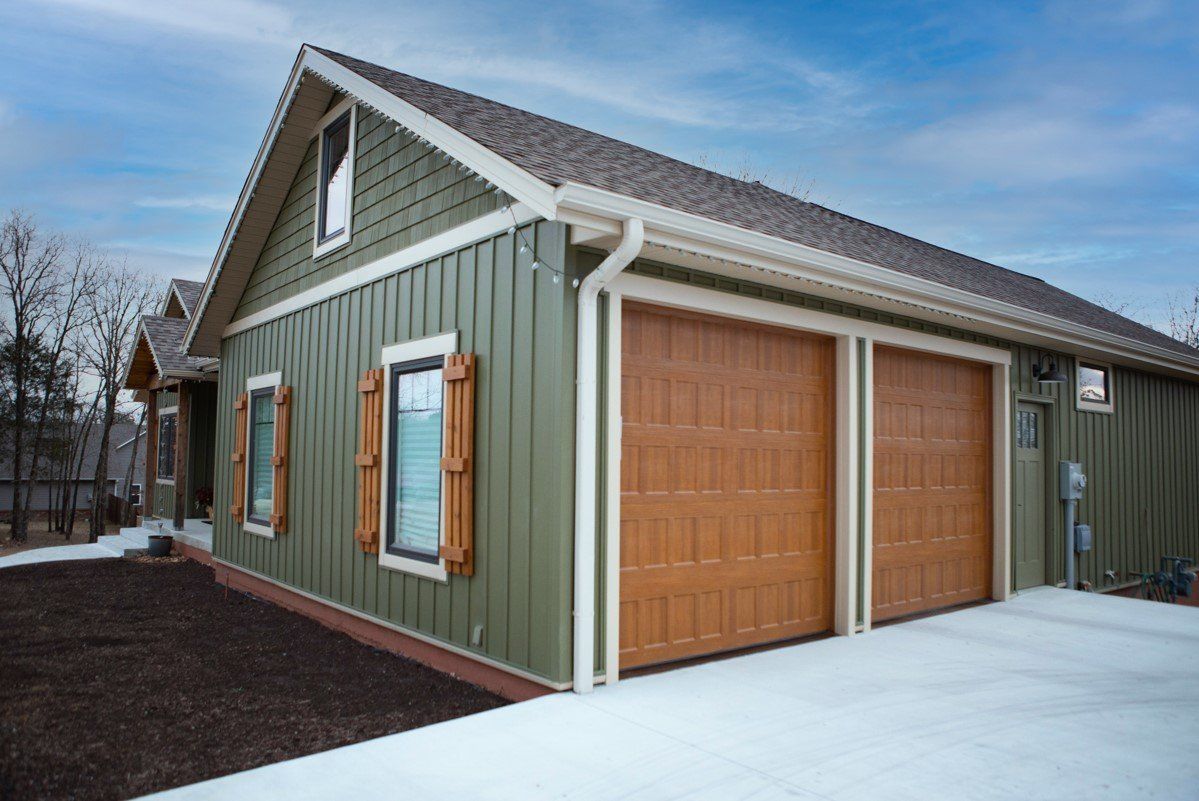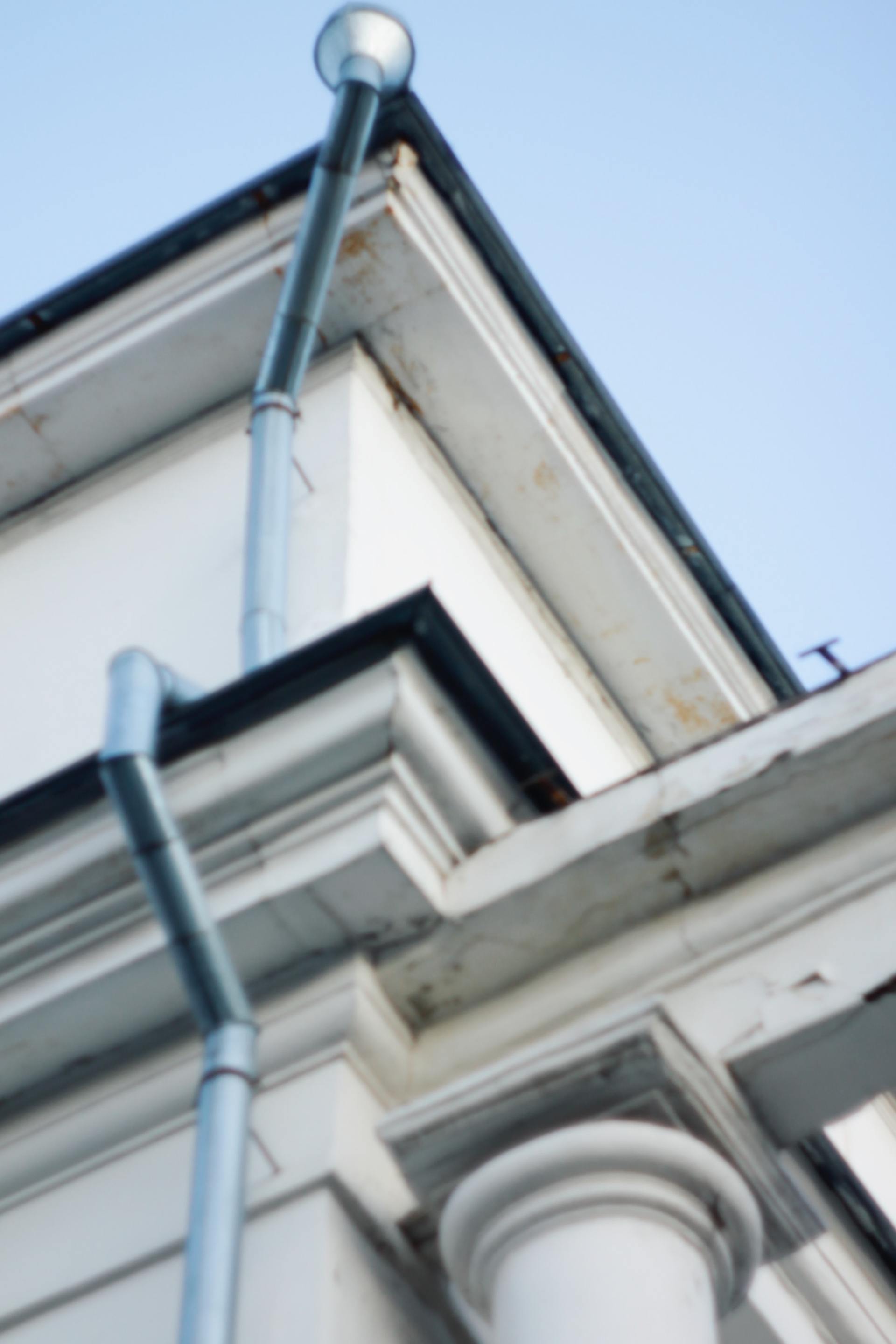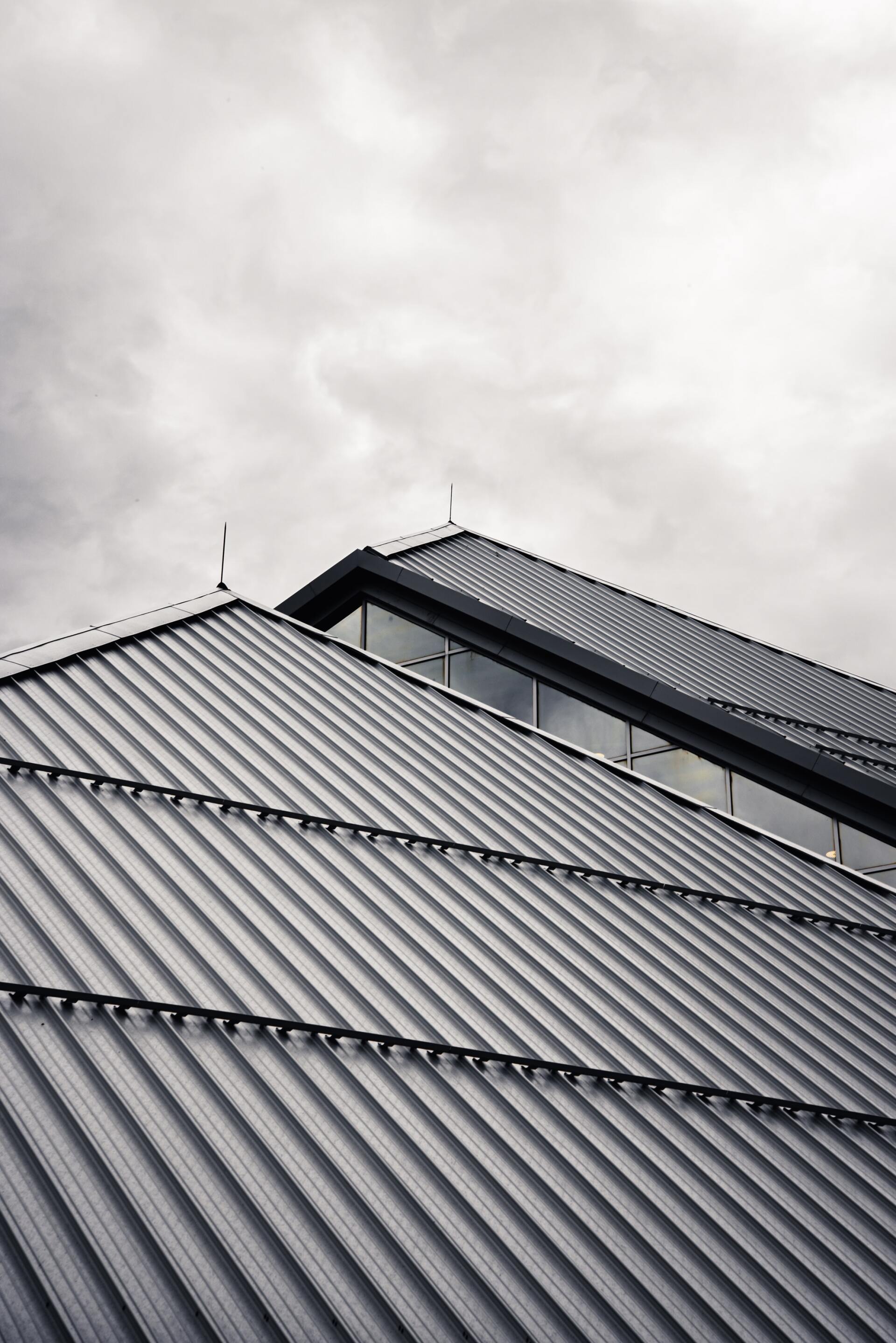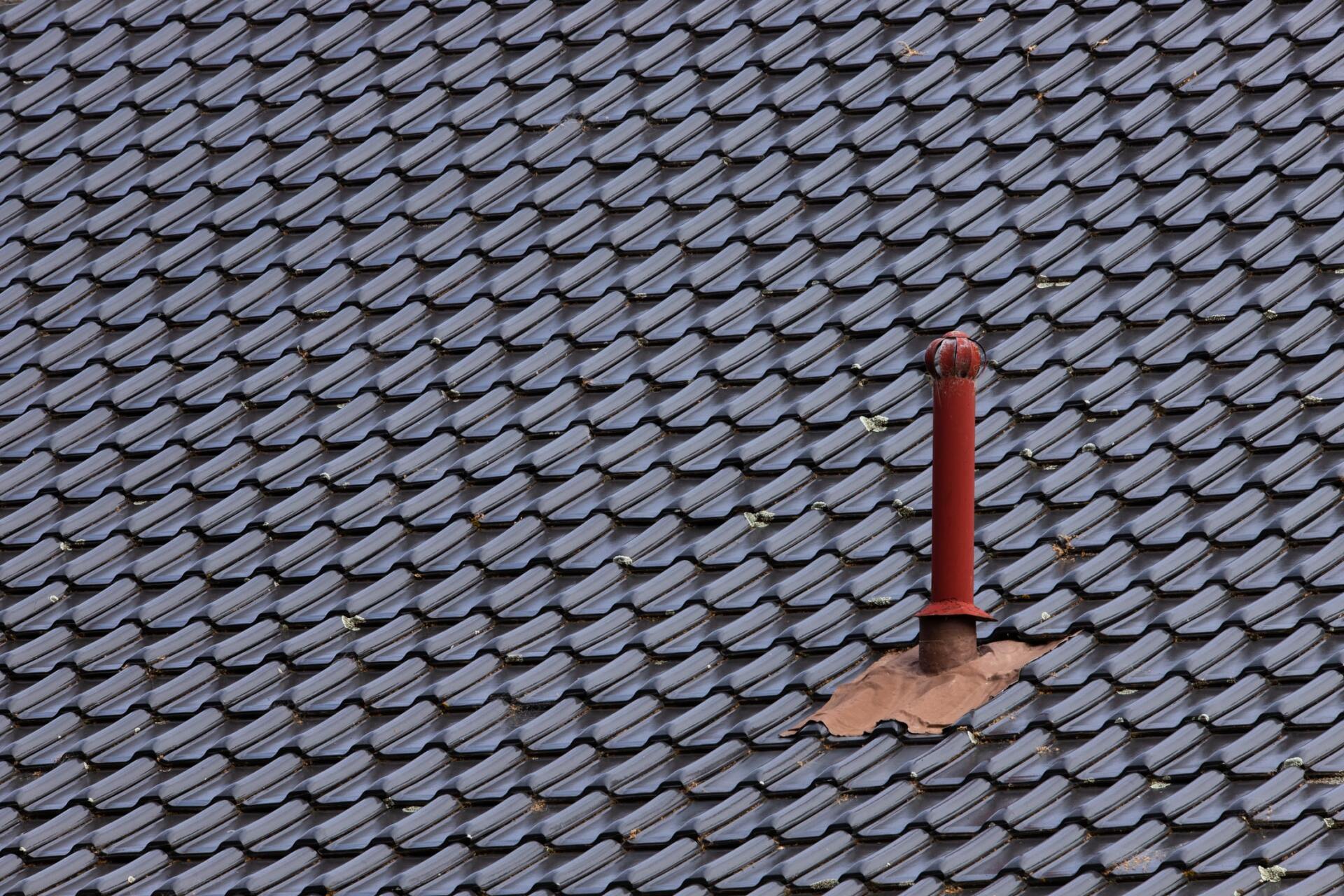The Top 5 Roofing Materials for Every Climate
Choosing a suitable material for your climate is important if you're in the market for a new roof. Each type of roofing material has its advantages and disadvantages, so you'll need to weigh your options carefully. Here are five of the best roofing materials for every climate.
Asphalt Shingles
Asphalt shingles are one of the most popular roofing materials in the United States. They are made of asphalt, a petroleum-based product, and fiberglass, which is melted and spun into thin strands. The resulting shingle is then coated with an adhesive that helps it stick to the roof and a sealant that protects it from the weather.
The main advantage of asphalt shingles is that they are relatively inexpensive. They also come in various colors and styles, so you can find one that will match your home’s exterior. Additionally, they are relatively easy to install, which makes them a popular choice for homeowners who want to do their repairs and renovations.
However, there are some disadvantages to using asphalt shingles. First, they may not be as durable as other roofing materials. They can also be susceptible to wind damage and fire. And finally, they can produce an unpleasant odor when they get hot in the sun.
If you're considering asphalt shingles for your roof, be sure to weigh the pros and cons before making a decision.
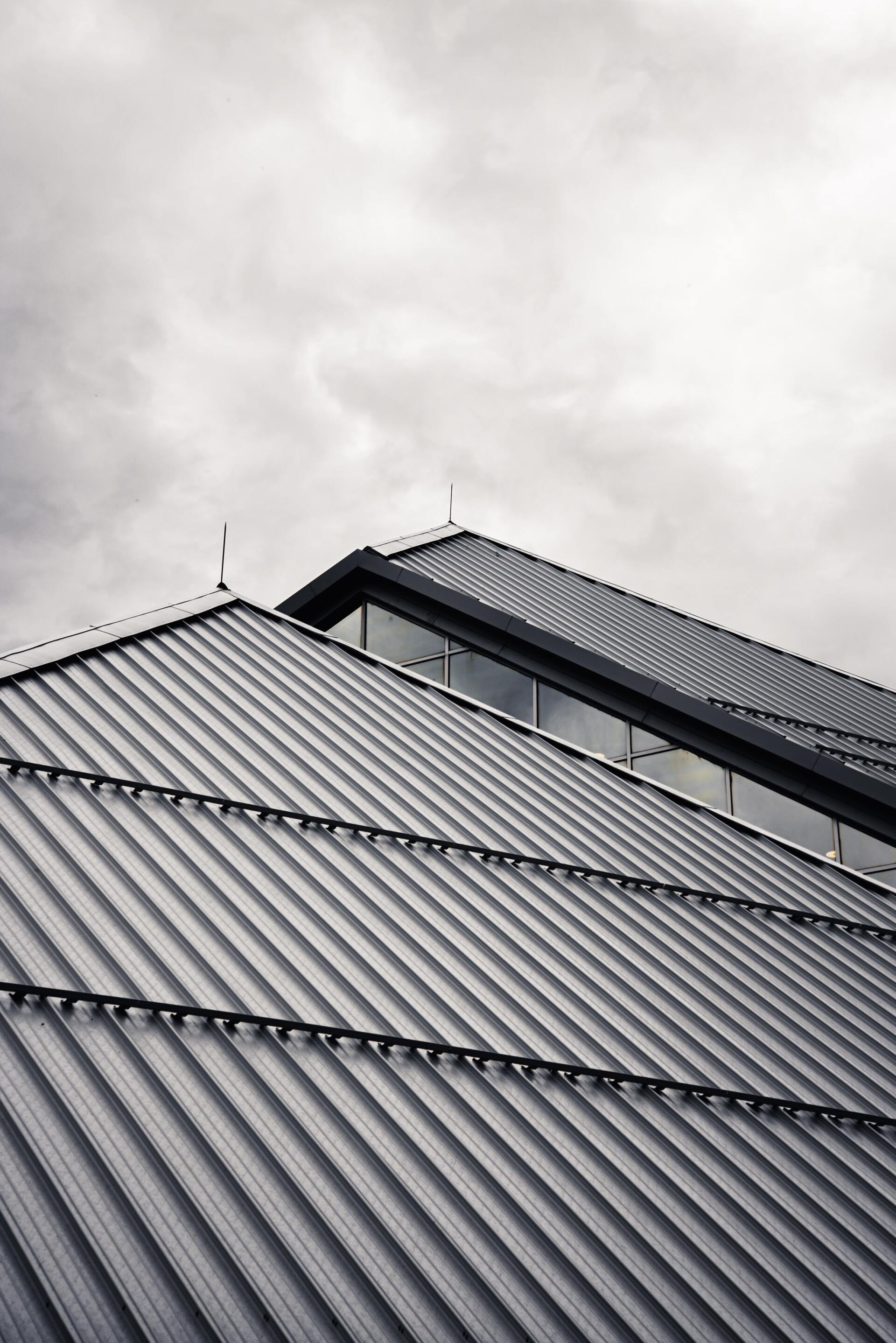
Metal Roofing
Metal roofing is an excellent option for homeowners looking for durable and long-lasting roofing material. Metal roofs are made from sheets installed over the top of your home's existing roof. They come in various colors and styles, so you can find one that will complement your home's exterior. Metal roofs are also highly durable and can withstand severe weather conditions, making them a good choice for homes in areas that experience high winds or hail. Metal roofs are energy-efficient and can help reduce your monthly energy costs.
If you're considering metal roofing for your home, here are a few things to keep in mind.
Metal roofs are more expensive than roofing materials, such as asphalt shingles. However, they typically last longer and require less maintenance, so that they may save you money in the long run.
Metal roofs can be noisy during heavy rainstorms or when hail hits them. If you live in an area that experiences severe weather conditions, you may want to consider installing sound-dampening insulation under your metal roof to reduce the noise.
Metal roofs are reflective and help keep your home cooler in the summer. This can lead to lower energy costs, as you won't have to use your air conditioner much.
Metal roofs are fire-resistant and can provide extra protection for your home in the event of a wildfire.
If you're considering metal roofing for your home, talk to a roofing contractor to get more information about the benefits and drawbacks of this type of roofing material. They can help you choose the right metal roof for your home and budget.
Ceramic Tiles
Ceramic tiles have been used for roofing and other purposes for centuries. They are attractive, durable, and relatively affordable. There are several ceramic tiles, each with its advantages and disadvantages.
Roofing tiles come in a variety of shapes and sizes. The most common type is the rectangular tile, which is also the most economical. Other popular shapes include hexagonal and octagonal tiles. Some manufacturers make specialty-shaped tiles, such as fish scales or flowers, but these are more expensive and less common.
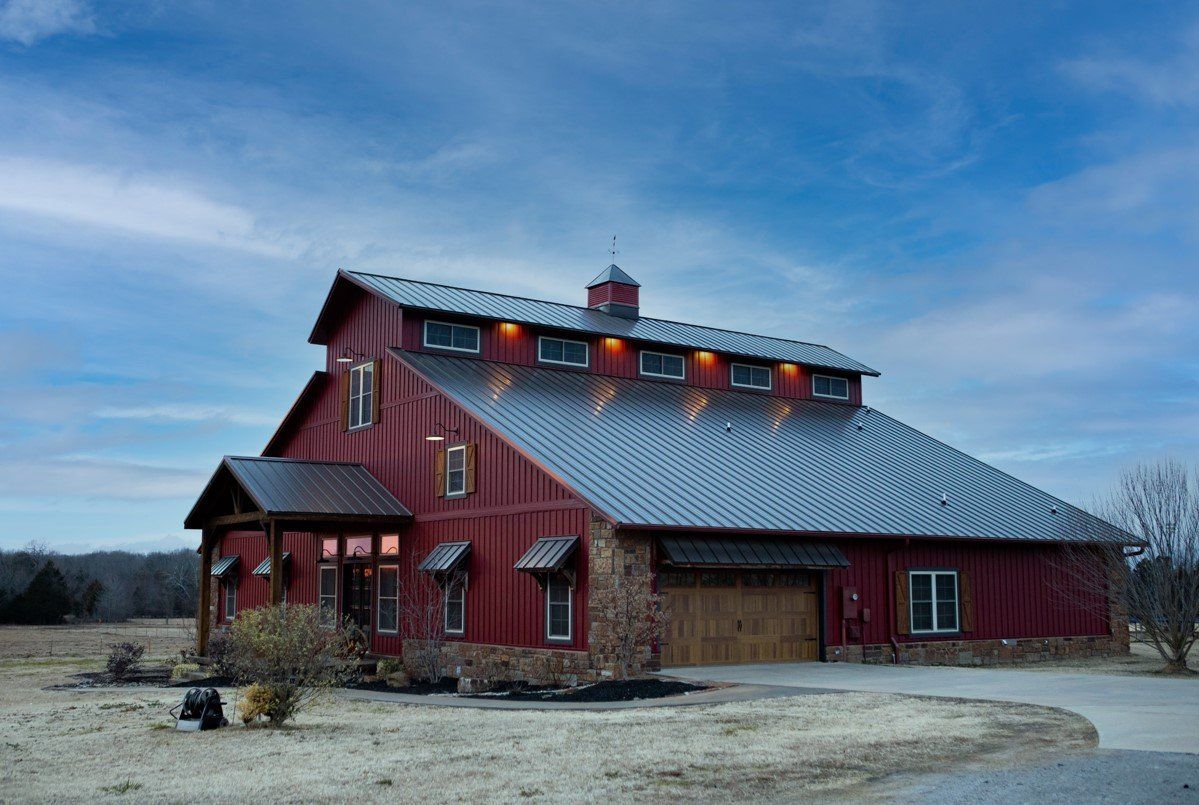
The color of roofing tiles can vary from light to dark, depending on the type of clay used in their manufacture. Most roofing tiles are made from red or black clay because these colors are the most durable. However, other colors are available if you want to add a touch of personality to your home.
Ceramic tiles are made by baking clay in a kiln. The temperature and duration of the firing process determine the tile's final hardness and strength. Roofing tiles are usually fired twice, once at a low temperature to make them pliable and once at a high temperature to make them hard.
The disadvantages of ceramic tiles include their weight and the fact that they can break if struck by a heavy object. They are also more expensive than other types of roofing material, such as asphalt shingles.
If you're looking for an attractive, durable, affordable roofing option, ceramic tiles might be the right choice. Be careful to weigh the pros and cons before making your final decision.
Slate Roofing
Slate roofing is a popular choice for homes and businesses alike. It is durable, looks great, and is relatively affordable compared to other roofing materials. But what exactly is slate roofing? And why are so many people choosing it over other options? Let's take a closer look.
Slate roofing is made from natural stone quarried and shaped into thin slates. The most common color of a slate is gray, but it can also be found in shades of green, purple, red, and black. Slate roofs are typically installed in a “dry-set” method where the slates are laid on mortar beds without adhesive. This type of installation allows for thermal movement between the roofing material and the structure of the building, which helps to prevent moisture damage and extends the roof's life.
Slate roofs have been used for centuries for their durability and good looks. Many historic buildings worldwide have slate roofs that are still in excellent condition today. And thanks to modern manufacturing techniques, slate roofing is more affordable than ever. If you're considering a new roof for your home or business, give slate a closer look. It just might be the perfect choice for you.
Slate roofing is a popular choice for many reasons. It is durable, looks great, and is relatively affordable. If you are considering a new roof, give slate a closer look.
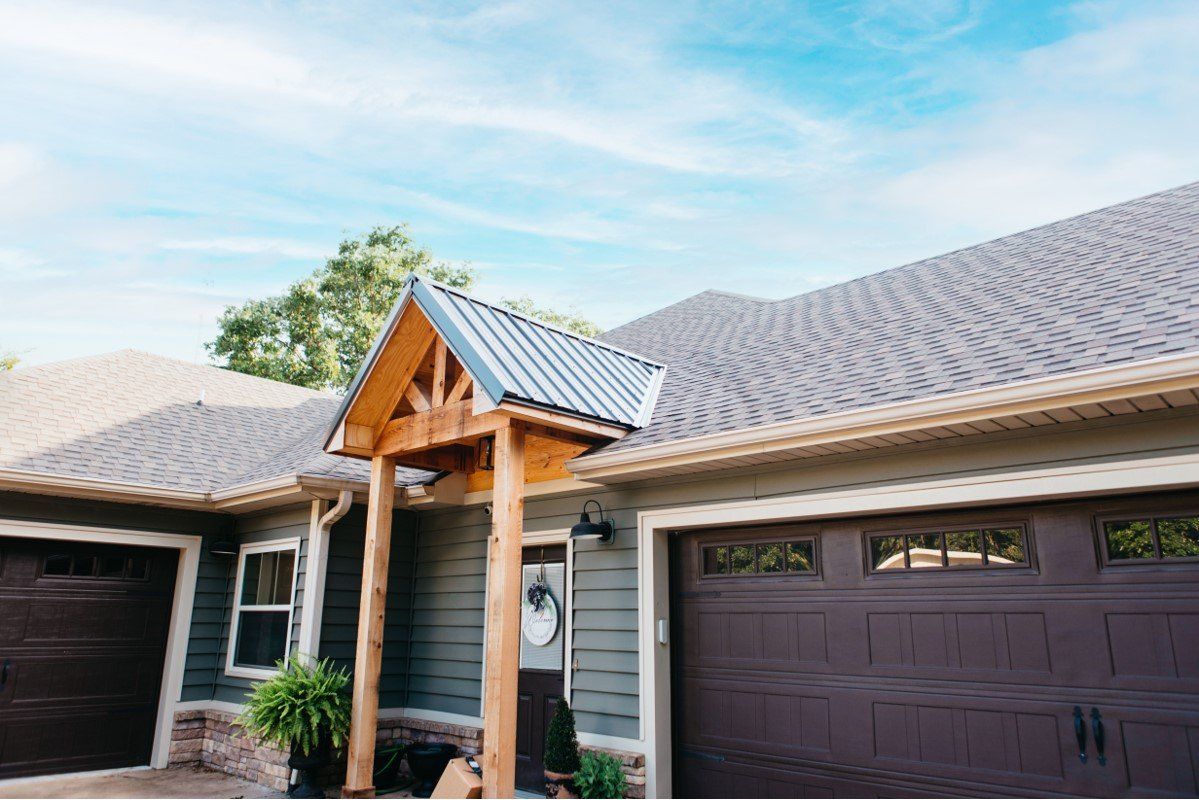
Wood Shakes and Shingles
Wood shakes and shingles are both roofing materials made from wood. They are used to waterproof and protect a building's roof from the elements, but they are made differently and serve different purposes. Let's look at the differences between these two types of roofing materials.
Wood shakes are made from whole pieces of wood that have been split or sawn into thin strips. After being split or sawn, the wood strips are either round-edged or tongue-and-grooved.
Round-edged shakes have a smooth, rounded edge, while tongue-and-groove shakes have a V-shaped groove on one side and a raised ridge on the other. Both types of shake can be used for roofing, but tongue-and-groove shakes are more common because they're less likely to curl or split.
Shingles, on the other hand, are made from thin pieces of wood that have been cut from lumber mills. Shingles can be made from cedar, pine, cypress, or any other type of softwood lumber. They are usually about 3/4 inches thick and 2 1/2 inches wide. Shingles come in various shapes and sizes, but the most common type is the rectangular 3-tab shingle.
Wood shakes and shingles are durable roofing materials but have different lifespans. Wood shakes can last up to 30 years if properly maintained, while shingles typically last 20-25 years.
So, what's the best roofing material for your home? It depends on your specific needs and preferences. Wood shakes may be the way to go if you're looking for a durable roof that will last for decades. But shingles might be the better choice if you're looking for a more affordable option.
In Summary
When it comes to roofing, there are a lot of different materials to choose from. Each material has pros and cons, so it's important to weigh them carefully before making your final decision. In this article, we've looked at the top 5 roofing materials for every climate. We've discussed the benefits and drawbacks of each material, so you can decide which one is right for you.
If you're still unsure which roofing material suits your home or business, don't hesitate to contact Russell Exterior. We're Fort Smith's premier
roofing contractor and are happy to help you choose the best roofing material for your specific needs. Give us a call today!


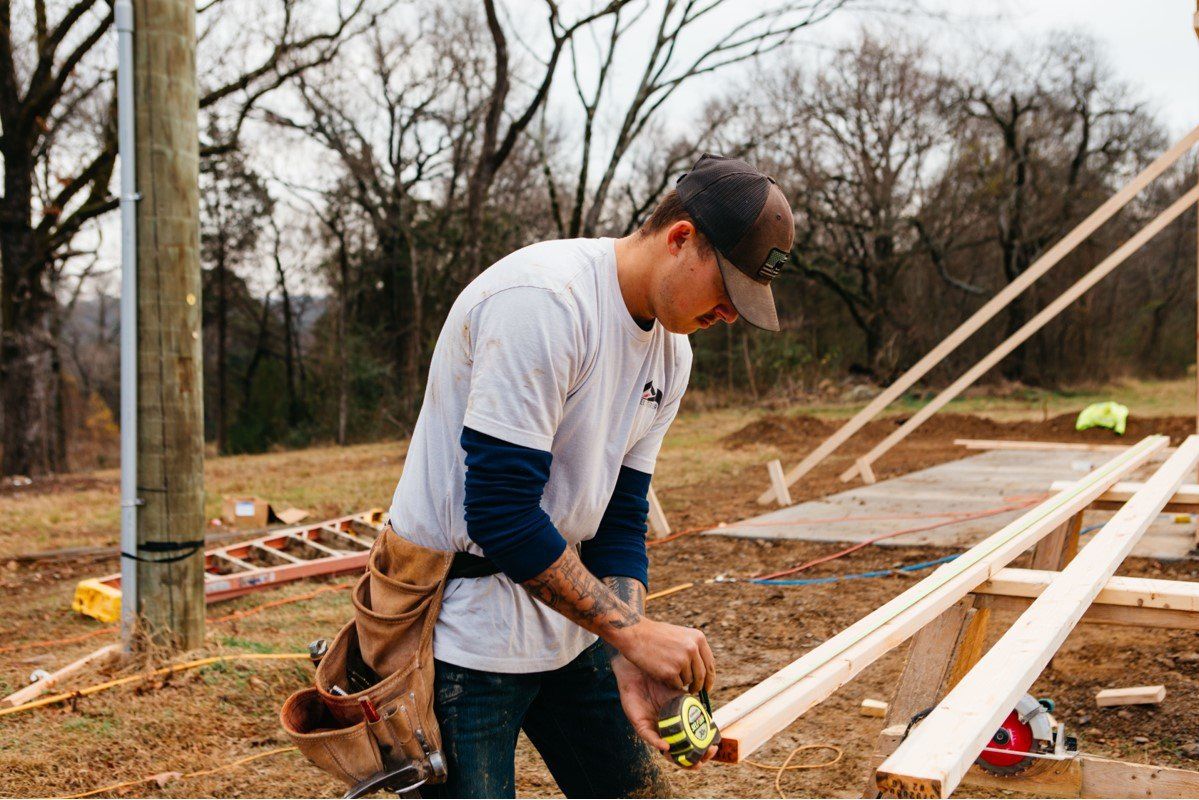
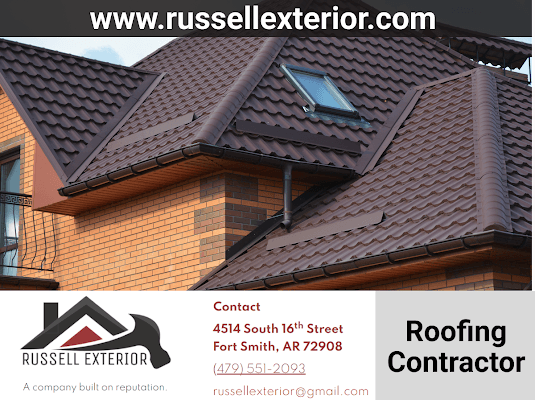
Restore and protect your home with Russell Exterior.
We will get back to you as soon as possible.
Please try again later.
Company
Contact
4514 South 16th Street
Fort Smith, AR 72908

